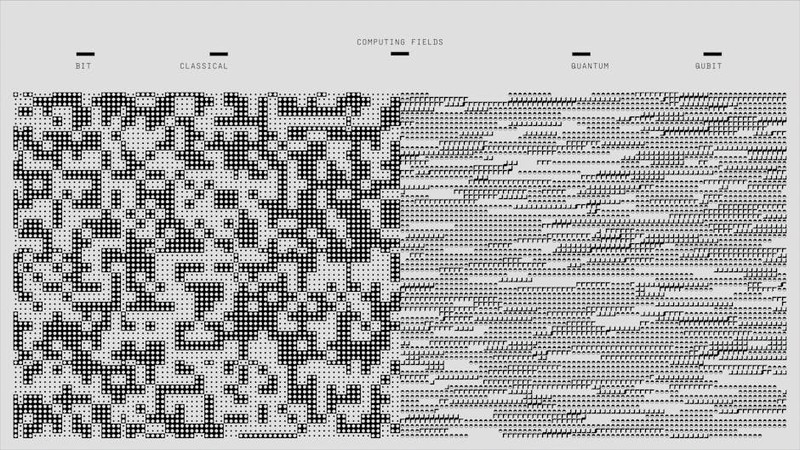The Hidden Complexity of CNC Turning G-Code
At first glance, G-code for CNC turning might seem like a straightforward list of commands. But as any experienced machinist knows, the devil is in the details. A single misplaced decimal or omitted modal command can scrap a part or damage a machine. In my 15 years of CNC programming, I’ve seen countless projects derailed by overlooked nuances in G-code.
Common Pitfalls in G-Code Programming
- Inconsistent Tool Offsets: Failing to reset tool offsets (G43/G49) between operations can lead to catastrophic collisions.
- Improper Feedrate Modes: Mixing G94 (units per minute) and G95 (units per revolution) without understanding the context wastes time and wears tools prematurely.
- Ignoring Canned Cycles: Misusing G71/G72 roughing cycles can increase cycle times by 30% or more.
🔍 Pro Insight: Always simulate your G-code in a verified CAM system or backplotter before running it on the machine. A $500 software license is cheaper than a $5,000 spindle repair.
Optimizing G-Code for Speed and Precision
Case Study: Reducing Cycle Times by 20%
In a high-volume automotive project, we faced a bottleneck in turning stainless steel shafts. The original G-code used conservative feedrates and redundant tool changes. By implementing these changes, we slashed cycle times:
| Optimization Technique | Before (min/part) | After (min/part) | Savings |
|---|---|---|---|
| High-Speed Peck Drilling (G83) | 4.2 | 3.1 | 26% |
| Optimized Roughing (G71 with variable DOC) | 6.5 | 5.2 | 20% |
| Toolpath Smoothing (G5.1) | 3.8 | 3.0 | 21% |
Key Takeaway: Combining advanced cycles with toolpath optimization can yield compounding time savings.
Step-by-Step: Writing Efficient G-Code
- Start with a Template: Use a standardized header with safety blocks (G40/G49/G80) to avoid modal conflicts.
- Leverage Canned Cycles: Replace manual linear moves with G71/G72 for roughing and G70 for finishing.
- Minimize Air Cutting: Use G00 only for rapid positioning outside the workpiece.
⚙️ Pro Tip: Add a G04 dwell (e.g.,G04 P500) after tool changes to ensure spindle synchronization, especially in older machines.

Advanced Techniques for Complex Geometries

Threading with G76: A Double-Edged Sword
The G76 threading cycle is powerful but notoriously finicky. In a medical device project, we struggled with thread pitch accuracy until we discovered:
– Q-value adjustments for spring passes eliminated taper errors.
– Combining G76 with G32 for custom thread forms (e.g., ACME threads) improved surface finish by 15%.
💡 Lesson Learned: Always specify the number of spring passes (e.g., P2) in G76 to avoid inconsistent thread depths.
Live Tooling and G12.1 (Polar Interpolation)
For parts requiring milling and turning, polar interpolation (G12.1) unlocks new possibilities. In one aerospace component, we achieved a 0.005mm concentricity tolerance by:
– Aligning C-axis positions with G28.1 reference points.
– Using G12.1 to synchronize rotary and linear axes dynamically.
The Future of G-Code: AI and Adaptive Machining
Emerging trends like AI-driven G-code optimization (e.g., Siemens NX’s Adaptive Turning) are revolutionizing the field. In a recent trial, machine learning algorithms reduced tool wear by 18% by dynamically adjusting feedrates based on real-time load data.
Final Advice: Master the fundamentals first—no AI can compensate for flawed G-code logic. But stay open to tools that augment your expertise.
Your Turn: What’s your biggest G-code challenge? Share your experiences in the comments, and let’s solve it together. 🚀
